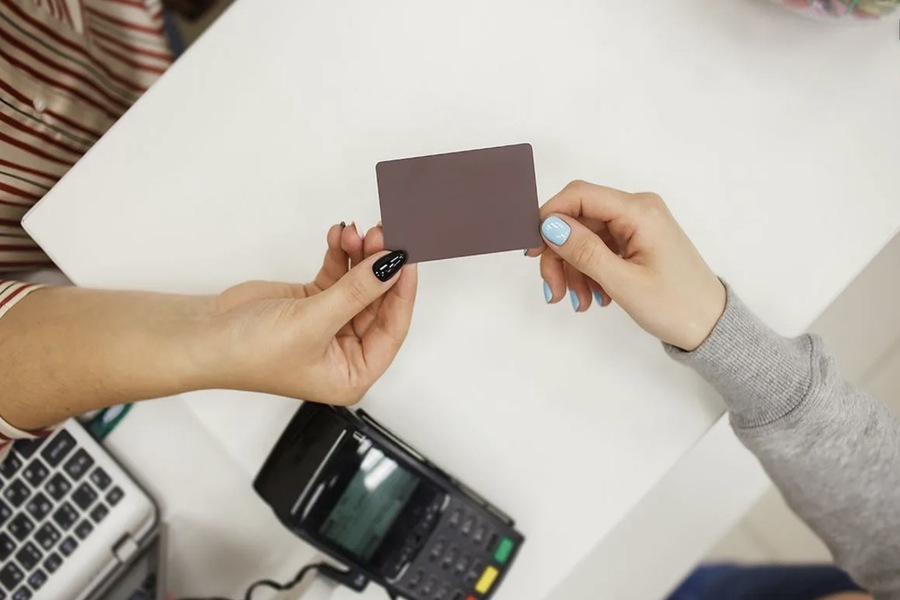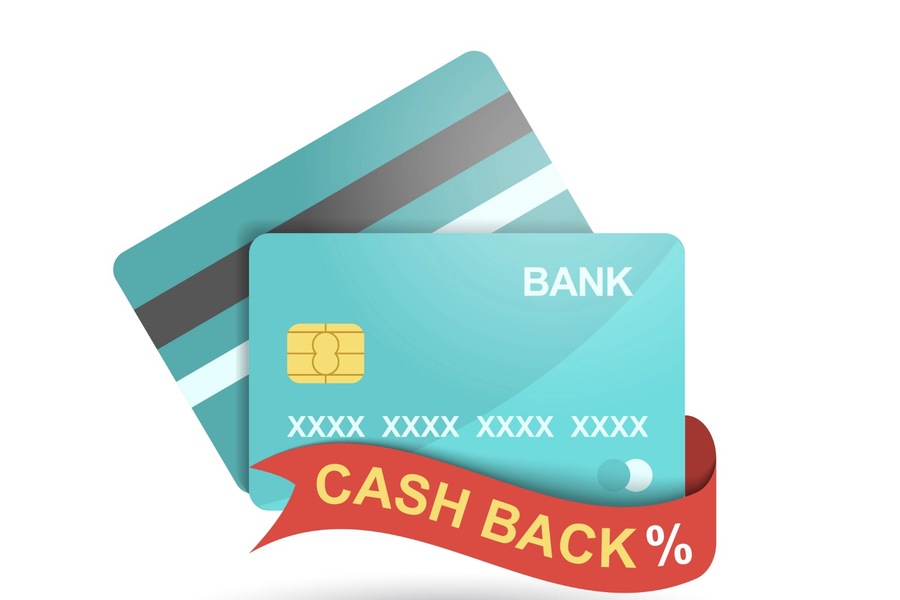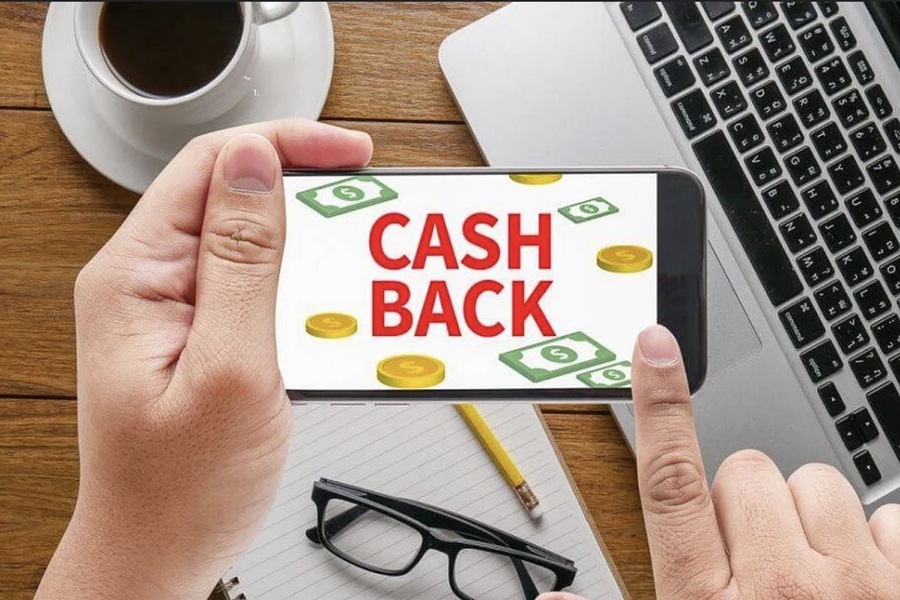Cashback programs have become an integral part of personal finance, transforming the way people shop and pay for goods and services. By rewarding customers with a percentage of their spending, cashback systems create a win-win situation for consumers, banks, and businesses alike. Financial institutions like Liv Bank have pioneered user-friendly cashback solutions, ensuring customers receive maximum value for their spending. Whether it’s 1% cashback on everyday grocery shopping or 30% on partner programs, cashback offers substantial value. This detailed guide explores everything you need to know about cashback on cards, its benefits, how it works, and how you can maximize its potential.
What is Cashback?
At its core, cashback is a reward program where a small percentage of money spent on a purchase is returned to the customer. The term “cashback” comes from the English phrase meaning “cash back,” though the reward often comes in forms other than direct cash, such as points, miles, or vouchers. Cashback is an incentive used by banks, retailers, airlines, and other service providers to encourage loyalty, promote spending, and foster long-term relationships with customers.
How Cashback Works
When you pay for a product or service using a credit or debit card, the bank facilitating the transaction earns a fee from the merchant’s bank. A portion of this fee is returned to you as cashback. The process is seamless and automatic, provided you meet the terms and conditions of the cashback program.
Cashback programs can be associated with:
1. Banks: Offering cashback on specific card transactions, either for general use or as part of a promotional campaign.
2. Retailers: Providing cashback for purchases made through their stores, often in partnership with specific banks.
3. Airlines and Travel Services: Rewarding purchases with miles or points that can be redeemed for travel-related benefits.
The cashback earned can vary widely, depending on the type of transaction, the card being used, and any promotional offers. The typical cashback rate is between 1% and 5%, although some partner programs offer rates as high as 30%.

How Does Bank Cashback Work?
Bank cashback programs are made possible through interchange fees. Every time a cardholder makes a transaction, the merchant’s bank pays a commission to the card-issuing bank for processing the payment. A portion of this commission is used to fund the cashback reward.
Features of Bank Cashback
1. Standard Cashback Rates
Banks often offer a baseline cashback rate (e.g., 1%) for most transactions.
2. Enhanced Cashback For Specific Categories
Categories such as dining, travel, groceries, fuel, or online shopping often offer higher cashback rates (e.g., 5-10%).
3. Promotional And Partner Offers
Partner-specific cashback deals may provide rates as high as 30% but often come with conditions such as minimum spending thresholds or activation requirements.
For example, a bank may partner with a leading e-commerce platform to offer 10% cashback on all purchases made during a sale period. This not only boosts sales for the retailer but also incentivizes customers to use their cards.
Benefits of Cashback Programs
Cashback programs create a mutually beneficial relationship between banks, merchants, and customers:
For Banks
Increased Customer Loyalty: Offering cashback encourages customers to use their bank’s cards more frequently.
Revenue Growth: Banks earn a portion of interchange fees from merchants.
Enhanced Customer Insights: By analyzing customer spending habits, banks can tailor services and promotional offers.
For Merchants
Increased Sales: Cashback programs incentivize customers to make purchases.
Improved Customer Retention: Partnering with banks offering cashback ensures repeat visits from customers.
Brand Visibility: Collaborative promotions with banks enhance a retailer’s visibility among the bank’s client base.
For Customers
Monetary Savings: Cashback rewards effectively reduce the cost of purchases.
Additional Benefits: Some cashback programs include bonuses such as discounts, vouchers, or miles.
Effortless Rewards: Cashback is automatically tracked and credited, requiring minimal effort from the customer.
Types of Cashback Rewards
Cashback programs are versatile and cater to various customer preferences. Here’s a closer look at the primary types of cashback:
1. Direct Monetary Cashback
Accumulated cashback is periodically credited to the customer’s account as real money.
Example: A 2% cashback rate on all online shopping will result in $2 credited for every $100 spent.
2. Reward Points
Customers earn points for every transaction, which can be redeemed for discounts, gift cards, or even cash.
Example: Accruing 1 point for every $1 spent and using 500 points to redeem a $5 voucher.
3. Miles and Travel Rewards
Popular among frequent travelers, these programs offer cashback in the form of travel miles.
Example: Using an airline-affiliated card to earn miles that can be redeemed for flight tickets or hotel bookings.
4. Category-Based Cashback
Customers can earn higher cashback rates in selected categories such as dining, fuel, or groceries.
Example: A card offering 5% cashback on fuel and 1% on all other purchases.
Conditions and Limitations of Cashback Programs
While cashback programs are highly beneficial, they often come with specific conditions and limitations. Being aware of these can help you maximize your rewards:
1. Eligibility
Cashback is usually offered only on purchases, not on cash withdrawals, bill payments, or fund transfers.
2. Spending Caps
Many programs have monthly or annual limits on the maximum cashback you can earn.
3. Redemption Periods
Some programs require you to redeem your rewards within a specific timeframe.
4. Activation Requirements
Increased cashback rates often need to be manually activated via the bank’s app or website.

The Role of Virtual Cards in Cashback Programs
The rise of digital banking has introduced virtual cards, which are seamlessly integrated into mobile banking apps. These cards allow customers to make transactions online or through digital wallets and provide an easier way to track cashback earnings. With virtual cards, banks can also use data analytics to personalize cashback offers based on customer spending patterns, enhancing the overall experience.
Real-World Example: Liv Bank in the UAE
In the United Arab Emirates, Liv Bank, a digital-first subsidiary of Emirates NBD, has set a benchmark for cashback programs. Here’s why it stands out:
High Cashback Rates: Liv Bank offers some of the most competitive cashback rates on a variety of categories, including dining and groceries.
Ease of Use: With its intuitive mobile app, tracking and redeeming cashback rewards is simple and efficient.
Exclusive Offers: Liv Bank regularly partners with local and international brands to provide exclusive cashback promotions.
No Hidden Fees: The terms are transparent, ensuring customers fully understand their benefits.
Liv Bank exemplifies how cashback programs can align technology, convenience, and customer rewards to deliver a superior banking experience.
Maximizing Cashback: Tips and Strategies
To make the most of cashback programs, consider these strategies:
1. Choose the Right Card: Opt for a card that aligns with your spending habits, such as a travel-focused card for frequent flyers or a grocery-focused card for families.
2. Leverage Partner Offers: Activate partner-specific cashback deals in your banking app to benefit from increased rewards.
3. Monitor Spending Caps: Keep track of monthly or annual cashback limits to avoid missing out on rewards.
4. Redeem Rewards Promptly: Ensure that your cashback, points, or miles don’t expire by redeeming them within the allotted timeframe.
5. Avoid Unnecessary Debt: Always pay off your card balance on time to avoid interest charges that could negate the value of your cashback rewards.
Conclusion
Cashback programs have revolutionized the way consumers interact with banks and retailers, offering substantial rewards for everyday spending. By understanding how cashback works and selecting the right card, customers can save money, earn travel perks, and enjoy other benefits. For banks and merchants, cashback programs drive loyalty, increase sales, and enhance customer satisfaction. As digital banking continues to evolve, the future of cashback looks even more promising, making it an indispensable tool in modern financial management. Whether you’re shopping at a local store or planning a dream vacation, cashback ensures you’re always getting more value for your money.

Soccer lover, vegan, DJ, Saul Bass fan and fullstack designer. Working at the crossroads of art and sustainability to craft delightful brand experiences. Let’s design a world that’s thoughtful, considered and aesthetically pleasing.
